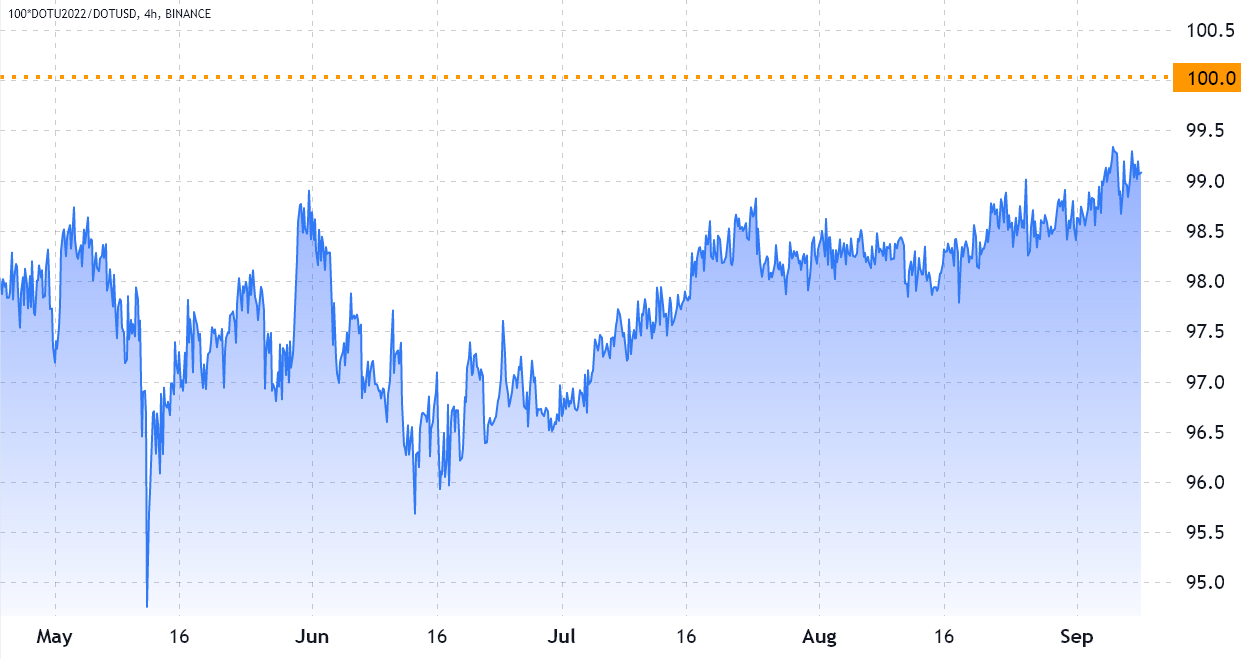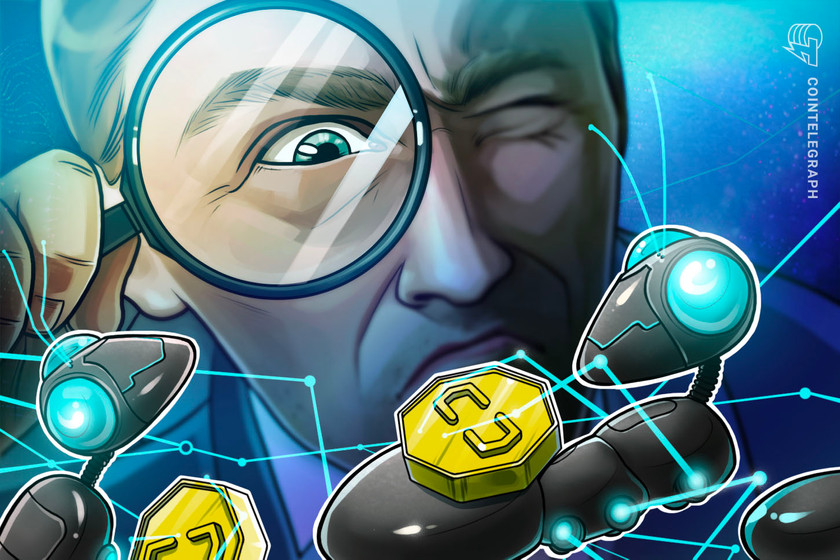Why the battle for low or no transaction fees really matters


High transaction fees stand in the way of crypto achieving its full potential and being embraced by the masses — but it is possible to make transfers for free.
During the frenzied bull run, transaction fees were running rampant. Over on the Ethereum blockchain, they hit eye-watering highs of $196.638 back in May — rendering the network unusable for most everyday consumers.
The Bitcoin blockchain suffered from a similar issue the year before, accelerating to a record-breaking $300.331. When demand is high, it’s easy for Proof-of-Work networks to get congested — prompting miners to prioritize the transactions with the highest fees.
Here’s the problem: high fees undercut one of crypto’s most potent use cases — a decentralized way of offering peer-to-peer transfers. If sending funds from A to B is impractically expensive, millions of would-be users aren’t going to leverage this technology.
Heavyweights in the crypto sector know this. Over the summer, Ethereum co-founder Vitalik Buterin warned that the cost of single transactions “potentially takes up people’s entire daily income” — especially in developing economies.
Prior to The Merge, Ethereum transactions typically cost between $1 and $20 — and he argued that this simply isn’t good enough for billions of people around the world. Typical daily take home pay stands at $16 in Mongolia, and $4 in Zambia.
Bear markets switch focus from growth to operational improvements — and now, blockchain developers are making a concerted effort to bring costs down. This can help crypto achieve its full potential — especially in vital use cases such as remittances.
Some of the solutions that have been put forward recently include rollups, which bundle transactions together and settle them outside of a Layer 1 network. Not only is this less expensive, but it can also be faster — with data sent back to the mainnet later on.
And just like trying to shove even more clothes into a suitcase, much more emphasis is now being placed on data compression too — ensuring that each transaction takes up a lot less space. This, when coupled with concepts such as sharding, are incredibly encouraging.
But trading platforms — which play a crucial role in interacting with crypto enthusiasts directly — also have a role to play here. Facilitating zero-fee transfers can help deliver an experience all consumers deserve, one where they can move their digital assets without giving a single thought as to how much it will cost.
Making things intuitive
HitBTC is one of the exchanges that is driving forward transactions that incur zero fees. The trading platform offers an intuitive, user-friendly wallet that’s available for Android and iOS devices — providing a simple and powerful on-ramp for those making the switch from fiat.
A particularly new development allows HitBTC users to send crypto to their friends, family and business associates for free — provided they also have an account on this platform.
This could be a game changer. Data from the World Bank shows that the average cost of sending $200 across borders stood at 6% in the fourth quarter of 2021. And in countries that really rely on foreign workers sending money home to their loved ones, $12 is a lot to lose.
Zero-fee transfers really have the potential to change the game — opening up financial services to all while saving consumers billions of dollars in the process. Plus, when crypto is being bought or sold, HitBTC claims to offer some of the lowest fees in the market today.
But this is just one piece of the puzzle, and this exchange says even more needs to be done.
Demystifying crypto
Many crypto enthusiasts remember the first time they tried to send Bitcoin from one address to another. Confronted with a wallet represented by a long string of letters and numbers, there’s so much pressure to avoid typos — amid fears the crypto could be lost forever.
But it doesn’t have to be this way. With Web3, we’re already seeing human-readable addresses gain popularity, with snappy domains such as .eth and .crypto. And while this is an encouraging development, HitBTC believes there should be other options too.
To help reduce the inconvenience associated with sending funds, HitBTC offers its customers an opportunity to transfer digital assets to each other by email, a user ID, or using anonymous links. Irrespective of whether someone prioritizes privacy or simplicity, there’s an option to suit everybody.
HitBTC’s straightforward approach has also been reinforced by an elegant interface for send and receive screens that enables the process to be completed in a couple of taps.
Crypto can often be incredibly daunting for people who aren’t technically savvy, but HitBTC proves that it doesn’t have to be like this. And when coupled with the advent of zero-fee transfers, it’s tackling the pain points that stand in the way of mass adoption.
Overall, HitBTC’s crypto wallet aims to be a one-stop shop for beginners and experts alike. Assets can be secured with two-factor authentication, biometrics or Face ID, and managed across more than one device. Innovative measures are also used to shield funds from fraudsters, and a dedicated customer support team is always on hand to offer help if access to an account is lost in an emergency.
Even more useful features are on the horizon, and it’s all part of an ambitious quest to make crypto far less scary for newcomers… and much more practical for the veterans.
Disclaimer. Cointelegraph does not endorse any content or product on this page. While we aim at providing you with all important information that we could obtain, readers should do their own research before taking any actions related to the company and carry full responsibility for their decisions, nor can this article be considered as investment advice.




























